While portrait photographers need to be skilled in the art of getting their subjects to relax in front of the camera to get a great shot, we food photographers have things a little easier. At least our subjects (mostly) can’t talk.
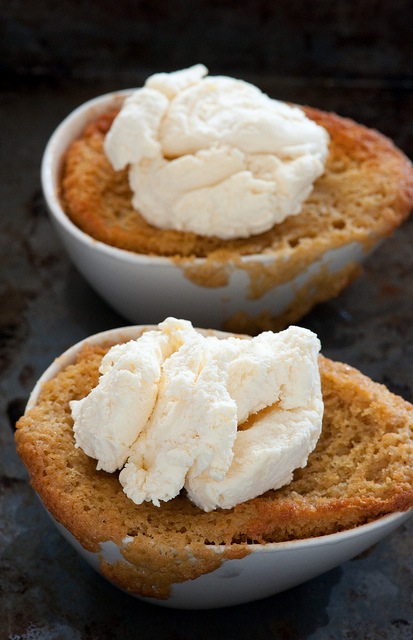
But that doesn’t mean you should forget to apply a little charm in the food styling department.
The more time spent making the food attractive as possible, the easier things are when it comes to taking the shot.
So here are 10 tips to help you improve your food styling, naturally.
1. Use less food than you normally would
While it may seem more generous to serve plates piled high with food, an over crowded plate can look less appealing than a minimalist spread. Think about how you can use the white space of the plate to frame your dish.
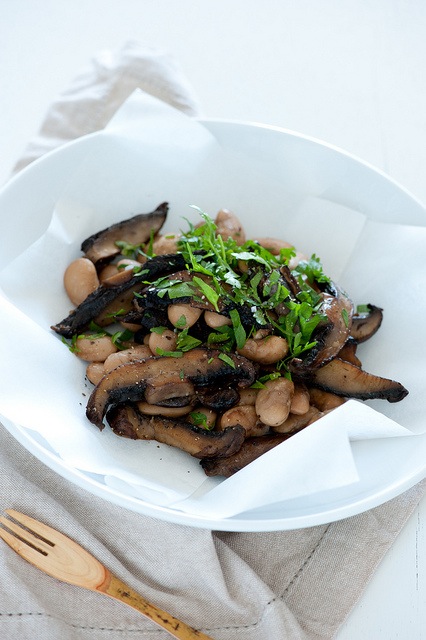
2. Use paper to add texture to plates
Lining plates with parchment or baking paper helps to add visual interest and soften the lines of your plates.
3. Look for contrast with backgrounds
While there are times when all white on white can be visually striking, I find I get better shots if I go for contrast. So a pale coloured food and plate gets a dark background where as a vibrantly coloured dish tends to be best with a simple white background.
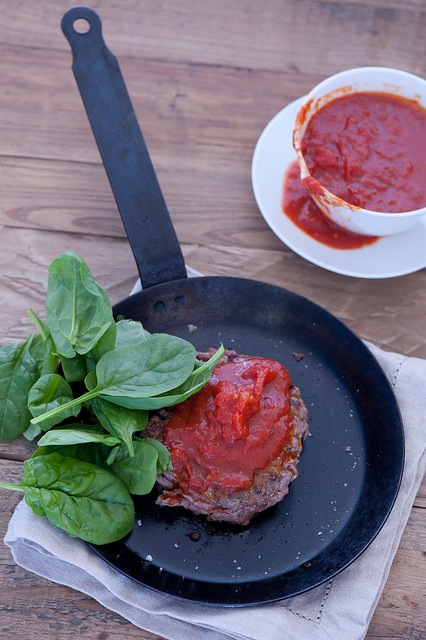
4. Allow food to spill over naturally
Getting a bit messy really helps to add movement and life to your photographs, rather than having everything confined to plates and bowls.
5. Choose simple crockery and tableware
While highly decorative China and napery are beautiful on their own, they can detract from the visual impact of the food. Plain plates, especially classic white allow the food to be the star.
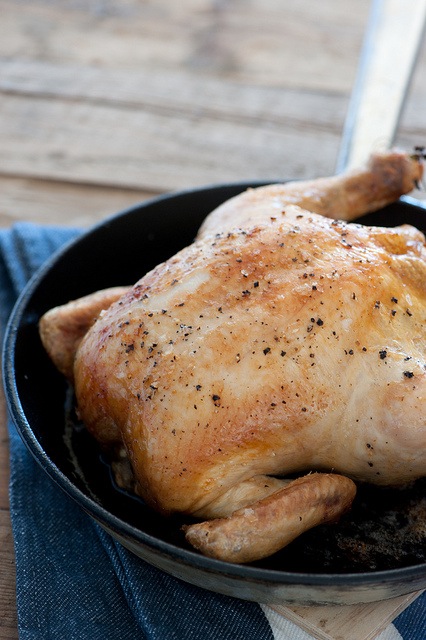
6. Emphasise the natural beauty of the food
Try and think about what it is that makes a particular dish look delicious and then serve it in a way to flaunt it.
For example, I love the golden, cripsy skin of a well roasted chicken. Rather than carve the chook into individual slices with tiny slivers of skin visible, the whole bird tends to look best.
7. Get some work-in-progress shots
It can be easy to focus on getting the final plated-up food shot and miss out on some great opportunities along the way. Try taking a few shots during the preparation and cooking process.
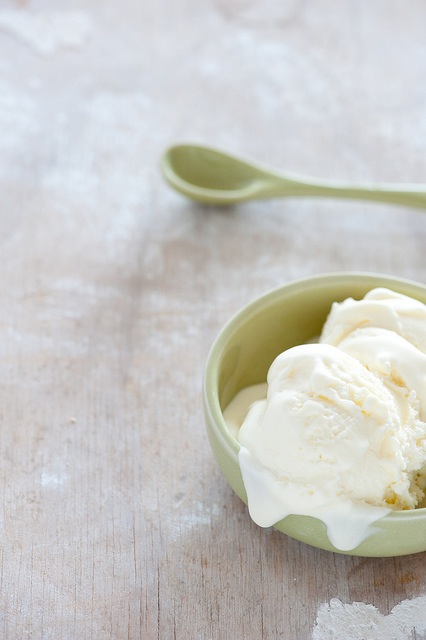
8. Try and capture the ‘yum’ factor
Think about what makes your subject really delicious and then aim to highlight this characteristic in your shot. Ice cream is a great example. It’s all about smooth creaminess and licking drips from the sides of your cone or bowl.
9. Always be on the lookout for ideas
Inspiration can strike from anywhere. When you’re eating out or even just flicking through your favourite food mag, take note of what looks appealing and what doesn’t.
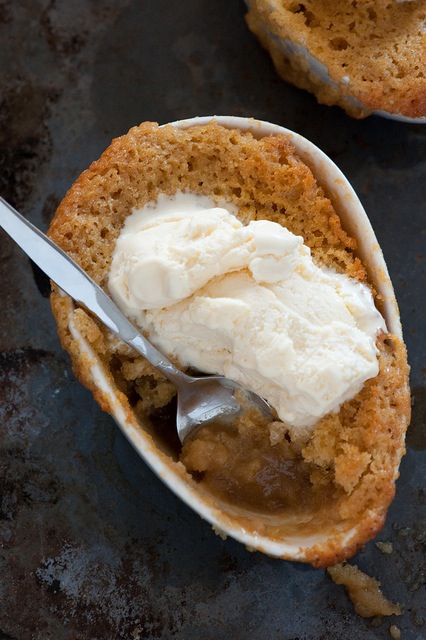
10. Dig in and reshoot
Once you have a shot of the whole food that you love, eat or serve some out and then take another shot. Often a half finished plate is more appetizing than the original whole.
No comments:
Post a Comment